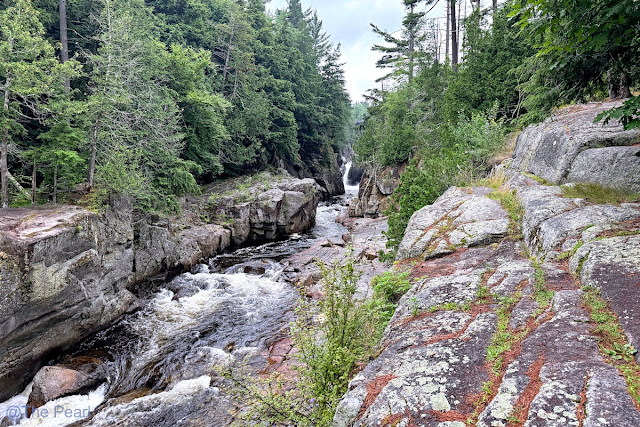Bainbridge Island, across the Puget Sound from Seattle, has had a robust Japanese community since immigrants first arrived there in the late 1800s. Their world was shattered following the air attack on Pearl Harbor, when President Franklin D. Roosevelt signed an executive order for the nation-wide internment of over 125,000 US residents of Japanese descent,…
July 20-23 Cora’s Visit
“Granddaughters are like flowers; you never get tired of watching them grow.” -Anonymous
July 20-23 Cora’s Visit
“Granddaughters are like flowers; you never get tired of watching them grow.” -Anonymous
July 14-18 Graham’s Visit
July 14-18 Graham’s Visit
July 9-12 Lake Placid, NY
July 9-12 Lake Placid, NY
We celebrated our 43rd anniversary at Jimmy’s 21. Another great restaurant on the water. We shared a bowl of lobster bisque, Stan had the Faroe Island Salmon and I had the Lobster Ravioli.
- The Adirondack Park was created in 1892 by the state of New York. Containing six-million acres, the Park is the largest park in the contiguous United States.
- It covers one-fifth of New York State.
- 10 Million tourists visit the park each year…that’s twice as many as visit the Grand Canyon.
- The Adirondacks are within a day’s drive for roughly one-quarter of our country’s population,
- The Adirondacks Mountains are as large as Yellowstone, Yosemite, Grand Canyon, Glacier and the Great Smoky Mountains National Parks combined.
- Unlike other mountain ranges in a long strip, the Adirondack mountains form a circular dome of mountains.
- The Park is home to 30,000 miles of rivers and streams and 2,800 lakes and ponds.
- Over 50% of the park is privately owned.
- Its most popular destinations for visitors are Old Forge, Saranac Lake, Lake Placid, and beautiful Lake George. (We’ve been to them all).
- Some of the most iconic animals that live in the Adirondacks include: Moose, Bald Eagle, Common Loon, River Otter, Black Bear, Coyotes, Bobcat, Deer, and Beaver.
Alderbrook Resort
Alderbrook Resort on Hood Canal has been a popular Pacific Northwest vacation destination since it first opened in 1913. Back then, no roads reached the resort and guests arrived by canoe. The resort has been through many owners and remodels since opening, and now is easily reachable by road on Washington State Route 106. But…
MARS Conference 2024
The annual MARS conference, hosted by Amazon founder Jeff Bezos, is a cross-domain event aimed at sharing ideas across the rapidly growing fields of Machine Learning, Automation, Robotics, and Space. Hands-on learning and emerging technology demonstrations form the majority of the invitation-only event, with opportunities for attendees to meet and learn from each other. For…
June 24 -29 A Busy Week


































































